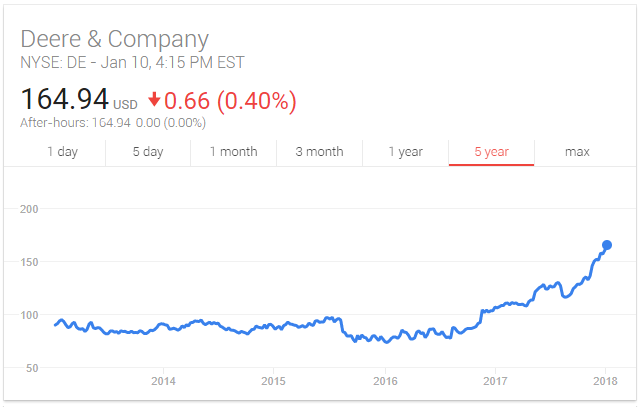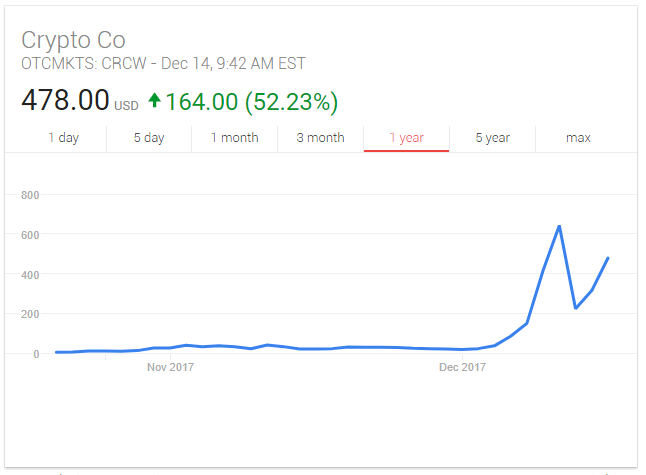As we head into 2018, one of more interesting sectors among those I watch closely would have to be the media space. This year has seen a huge amount of deal activity (both discussed and completed), as well as a continued secular shift in the way content is distributed and purchased.
For years consumers and industry watchers contemplated if and how the cable bundle would come undone. The idea of paying for 100 or 200 channels, while only actually watching a dozen or so, seemed like an obvious target for disrupters, but for a long time nothing changed. The cable and satellite pay-TV providers would have been obvious candidates to initiate a change in how content is sold, which easily could have increased satisfaction scores and retention rates among consumers, but they balked at potentially bringing down their "monthly ARPU" (monthly average revenue per user). Now with so-called "cord-cutting" becoming a reality, it appears that perhaps that lack of action was a mistake.
The blossoming of Netflix shows just how much "unbundling" was the right move. It turns out that the content players have now taken a leadership role in doing away with the expensive, voluminous TV bundle. If you think about the Netflix service it really is just "a skinny bundle." Rather than pay $75 or $100 for 100-200 channels, Netflix provides enough content for consumers to be happy (I am just guessing, but perhaps 5-10 traditional cable channels worth of content library?) for $10-$12 per month. Given what industry watchers have been predicting for what seems like decades, it should not be surprising that Netflix has been a runaway success, Amazon Prime Video was created, and HBO is flourishing with its over-the-top streaming service despite more competition.
What is surprising is that the cable and satellite companies have been so slow to react. Leaders like Comcast and Charter have yet to answer with their own competing products. DirecTV did launch a $35 streaming service featuring a more limited channel line-up, so we'll give them credit for taking the plunge.
The big question is how the Comcasts and Charters of the world are going to compete as the content companies try and eliminate them as middlemen. HBO, Netflix, and Prime Video are sold direct to consumer and other content producers are now accelerating M&A activity to gain scale in content. I recently made a list of 60 top TV channels to see exactly how the concentration of ownership has been shifting lately, especially after three recent deals were announced; Discovery buying Scripps, AT&T buying Time Warner, and Disney buying much of 21st Century Fox. Assuming all of those deals close, below is the breakdown:
Disney/Fox: 12 channels
Comcast/NBC: 11 channels
Discovery/Scripps: 10 channels
AT&T/Time Warner: 8 channels
Out of 60 channels, it is entirely possible that just 4 owners will control a whopping 42, or 70% of them, within the next 12 months.
And more deals could be ahead. A remarriage of CBS and Viacom has been long-rumored and combined they own another 9 channels. A company I am invested in, AMC Networks, owns 3 channels on my list.
To me is seems pretty clear what is going on here. The infrastructure players have been slow to adapt to suit consumers' needs. The legacy content companies see Netflix and Amazon spending billions on content and realize that if they are not careful, those two companies could offer so much programming that households might no longer need to watch any of their shows. So rather than stand by and watch, they are getting bigger through M&A and will have enough selection to offer their own streaming service, cutting out the cable and satellite providers completely, while also becoming increasingly crucial for those who stick with a bigger bundle. Disney specifically is going to be in great shape given that they also have an unmatched movie collection that can be offered alongside TV programs.
If this is the internal corporate strategy, we can expect more M&A to be announced in 2018. From an investor standpoint, there are attractive opportunities outside of the profitless Netflix and e-commerce juggernaut Amazon.
AMC Networks trades at about 10x free cash flow, 8x EBITDA, and has been buying stock aggressively. In an age of scale mattering, they would seem to be a logical M&A participant. The post-merger Discovery trades at less than 10x free cash flow, has plenty of synergies to exploit with Scripps, and is internationally diversified. Their focus on non-scripted reality shows keeps production costs low and profit margins high. Disney is building a Goliath in the space and is probably the most likely candidate to create a service that can become as valued as Netflix or Prime Video in many households. At roughly 20x free cash flow and 11x EBITDA, the stock no longer trades at a premium to the market (based on ESPN viewership issues), but arguably should given their unmatched franchises.
The media space is not without investor fears, and it certainly is not a popular group for the current bull market, but there are plenty of strong, cash flow generating machines in the public markets whose share prices are quite attractive due to concerns that Netflix and Amazon will crush everyone and that young people simply don't watch TV. The financial results from these companies in recent years, even as all of this industry change has been afoot, disproves those theories. Additionally, further M&A will only serve to boost competitive positions and generate accretive returns for shareholders.
Full Disclosure: Long shares of Amazon, AMC Networks, AT&T, Discovery, Disney, and Time Warner (hedged with covered calls) at the time of writing, but positions may change at any time











